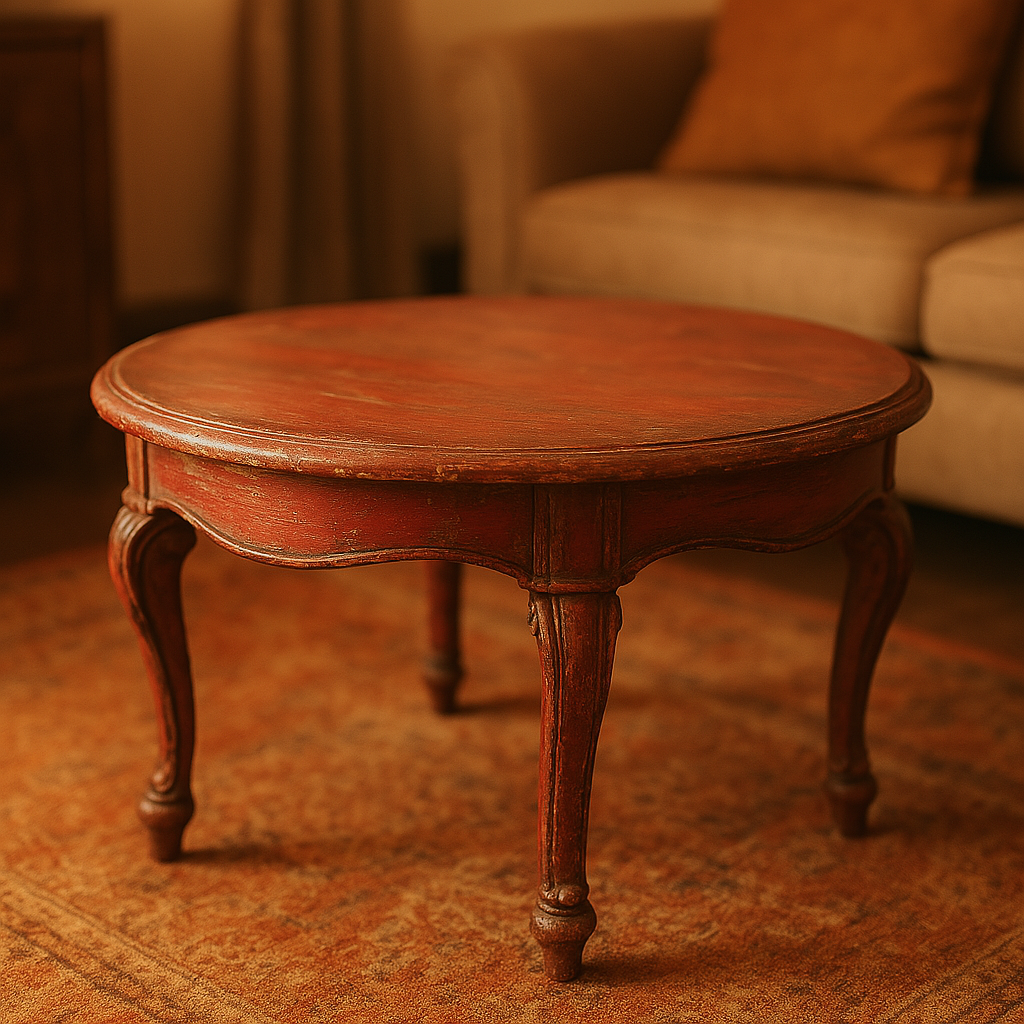Language of the Day: Adjective Order in English
Have you ever wondered why we say "a big red ball" and not "a red big ball"? In English, adjectives follow a specific order when we use more than one before a noun. This might seem confusing at first, but once you understand the pattern, it becomes much easier to use naturally. Let’s break it down!
🧩 The Basic Rule: Order of Adjectives
When using multiple adjectives, English speakers usually follow this order:
Quantity or number – two, several, many
Opinion – beautiful, ugly, nice
Size – big, small, tall
Age – young, old, new
Shape – round, square, flat
Color – red, blue, green
Origin – American, Chinese, French
Material – wooden, plastic, metal
Purpose – sleeping (as in sleeping bag), cooking (as in cooking pot)
Example:
A lovely small old round red Italian wooden coffee table
Yes, that’s a lot of adjectives! But native speakers follow this order almost automatically.
🧠 Why Does This Matter?
Using adjectives in the wrong order doesn’t usually make your sentence completely wrong, but it can sound strange or unnatural. For example:
✅ A beautiful large white dog
❌ A white large beautiful dog
The second sentence might confuse a native speaker or sound awkward.
🎯 Tips to Remember
You don’t always need to use many adjectives. Two or three are usually enough.
If you're unsure, try saying the sentence out loud. Does it sound natural?
Practice with common combinations like:
A big blue car
An old French painting
Three delicious chocolate cookies
📝 Practice Time!
Try putting these adjectives in the correct order:
(wooden / small / round / a / table)
(red / beautiful / dress / a)
(metal / old / two / chairs)
Answers:
A small round wooden table
A beautiful red dress
Two old metal chairs
🌟 Final Thoughts
Adjective order might seem tricky at first, but with practice, it becomes second nature. Focus on listening to native speakers, reading English texts, and trying out your own sentences. The more you use it, the more natural it will feel!



